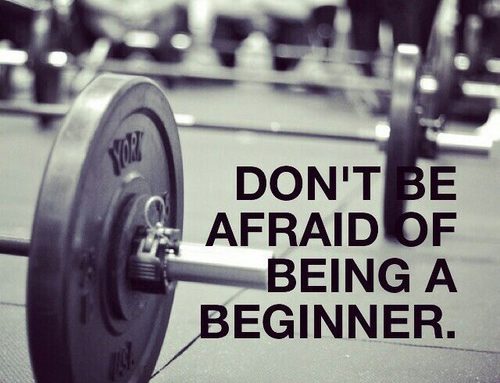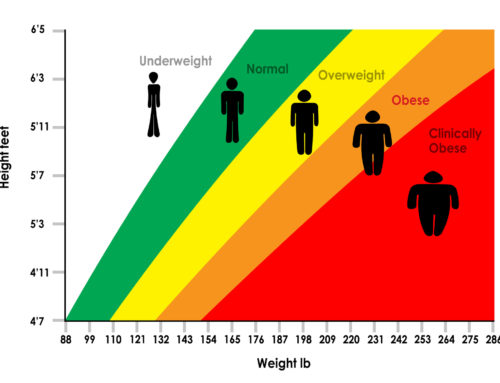Ok, so you guys know that I will always present discussion or content in a way that is practical, science based and just plain and simple, makes sense. So here is my most recent rant.
I have noticed in the world of CF this constant drive toward the attainment of more strength, more strength, more strength! Now, don’t get me wrong, I am a strength guy. Anyone who trains with me or who I train will tell you that strength is generally not my problem. Here are some basic numbers to factually support that statement.
Age 46
Gender Male
Weight 180 lbs
Height 5’11”
Body Fat 8%
Max
Back Squat 380 lbs
Deadlift 450 lbs
Shoulder Press 175 lbs
Bench Press 275 lbs
Clean 235 lbs
Snatch 167 lbs
Thruster 235 lbs
OHS 225 lbs x 3 reps
Body Weight Stuff
Pull-ups 78 max reps
Muscle-ups, HSPU, back flips, front flips, free standing HSPU all able to perform with ease
There is a deluge of information on the internet and in our boxes on what’s the best strength training model, how to get the strongest fastest, how to use certain techniques, etc…..Come on folks! How much is enough? There are 3 central thought lines to consider.
How much strength is enough for each individual athlete?
Is there a risk with pushing strength beyond what is needed?
What is/are the best ways to build strength?
I am obviously not the definitive mind on these three topics, but I do know enough to know that what I see going on in a lot of the boxes in the 40+ age group is crazy STUPID! Yep, I said it. How much is enough folks?
Here is some normative data on strength for males and females. It is not age specific, but if you as a 40+ athlete measure yourself by these numbers you will not be “limited” in your comparison.
So, based on these strength values, I am an Advanced level strength athlete. What does that mean? Not sure. But what I do know is that if you are wanting to get stronger, you should ask yourself, why? Why do I want or need more strength and what is it going to cost me? My personal experience has been that there is a risk vs rate of return when it comes to heavy loads. That risk is in the joint articular and hyaline cartilage. Once it’s gone, it’s gone. I could do more weight in the back squat, but my left knee pain would continue to increase and be even more of a limiting symptom. I have decided that most athletes have no idea what they’re really going to do with all that newly acquired strength, what is costing them and whether they need it or not. We live in a free country so you can do whatever you want. My goal is to arm you with thought provoking information, that asks the hard questions of why and what for.
If you are a competitive athlete in the CF community, your acquisition of strength is imperative for performance. As with any competitive sport, there does come a time when the sport may be tipping the balance toward performance but away from long term health. I know this because of the hundreds of athletes that I have treated at the college, professional and elite amateur levels. Competitive athletes whether knowingly or unknowingly, make the decision to potentially push their bodies beyond what is healthy and what yields the highest level of performance.
Let’s go back to those 3 questions.
How much strength is enough? If you are a competitive CF athlete, you should be comparing yourself to some normative data (such as above) and your cohorts. If you are not a competitive athlete at a higher level, but you enjoy local CF competitions, then you have to ask yourself, how much strength training can my body tolerate and still maintain joint health. The shearing loads of heavy strength training (no matter what the strength experts tell you), can take their toll on the health of joint cartilage. The physical deformation of articular and hyaline cartilage requires recovery and with age, this recovery decreases and can potentially lead to early degeneration of the cartilage. More importantly, most athletes that lift under heavy loads are not lifting in a perfect bio-mechanical model and this increases the chance of inappropriate shearing moments on the joints. A Mayo Clinic study has recently(2011) shown a link between elite level sports, lifting and osteoarthritis. The competitive or elite level athlete has a paradoxical environment. They have been found to consistently push themselves through the pain threshold that is signaling that the joint is potentially suffering injury to gain or maintain performance. Thus, the importance of proper execution of lifts during not only strength training but all training. If you are training for fitness, strength values should be balanced with mobility and your ability to functionally use the strength that you have created. At no time, should you allow persistent joint pain to exist while performing exercise. Training should be re-assessed, modified to accommodate improved joint health and overall fitness. Recreational athletes should be cautious to increase strength loads just because their coaches recommend it. Self governance and a definite set of goals are important to guide the training program. Fight the tendency to “go heavy” just because everyone else is. Strength goals should be based on utility not ambiguity. Whether it be for elite competition and sport, recreational competition or general fitness, strength training should match the need.
Is there a risk with pushing strength beyond what is needed? The answer to that question is multi-variate and difficult to pin down at this time. But what we do know is that strength training above what is needed, with heavy loads, over a prolonged period, does increase the risk of osteoarthritis in the load bearing joints. There is definitely a balance here. Loading is good for joints! What, loading is good for joints? Yes, the data shows us that moderate exercise and loading of the weight bearing joints is needed to maintain joint health, but that to much loading such as in “elite” level athletes can cause a greater risk of OA than non-athletes. If you are looking for a long term investment in your health, the key is balance. If you are at an elite level of performance, the truth is you do things that a recreational or fitness athlete might not. For example, compete, train and perform when you’re hurt. For that matter, in the competitive box world of CF, even fitness and recreational athletes can find themselves training beyond the pain threshold. Mark my words, this only last so long before the subconscious mind says, “that’s enough.” There is a risk versus rate of return model in play. The heavier the loads, the greater the biomechanical forces and the closer to tissue failure. Each of us have to ask ourselves, how much strength do I truly need to match the level of function I want. If a coach tells you to get stronger or pushes you to do more strength work than needed, question the rationale and reasoning behind it. We must maintain and potentially improve strength over time to thwart as best possible the effects of aging, but we can also push to hard and end up actually limiting our strength due to the lack of integrity in the joints. There are some higher risk strength exercises that just don’t make as much sense for the more mature athlete.
What is/are the best ways to build strength? This is an interesting topic of discussion. If you go online, there are a myriad of programs, coaches, newest techniques, etc… This makes me laugh. I have met very few athletes so far in my 6 year journey of CF and the 20+ years of coaching that come close to requiring some of the programming that I see online. Some of the box programming today is so high volume and high load with very little thought as to the physiological implications of each individual training session and the accumulation of training effect over time. For most athletes, you don’t need chains, bands, complicated rep/set models. Instead, you need a solid rep/set specifically targeted strength plan focusing on the desired results tracked over a 6-12 week cycle and then re-assessment for modification of training. I know it’s sexy to do some of the programming that’s out there, but the real question is why? If you read some of the great strength minds of our time, Mark Rippetoe, Dr. KIlgore, Dan Johns, Charles Poliquin, Glenn Pendlay, etc…you will find that most athletes unless they are at an elite level and reaching the top of their game, require very simple straight forward programming with a watchful eye on the results. The sexing up of training is merely that. It doesn’t make sense, can sometimes present greater risk and is not appropriate for 90-95% of the athletes out there. If you are at the top of your game, ask a non-biased objective coach if you are, then getting a little sexy with your programming and creative makes sense. Otherwise, stick to the basics, big barbell lifts and olympic lifting with proper weight progression and technique. As a more mature athlete, never sacrifice form for load without the understanding of what you are risking, The risk vs benefit ratio just isn’t there most of the time. Also, ask your self why? Why am I going heavier, what purpose, what life or sport application, what do I really need? If you can’t answer that question with a declarative response, stop and re-assess your training. A good read on the topic of basic strength training and programming (which by the way is what the majority of us need), is Starting Strength Basic Barbell Training, 3rd Edition by Mark Rippetoe.
http://aasgaardco.com/store/store.php?crn=199&rn=413&action=show_detail
So there you have it! Always ask yourself why? How much is enough?
Coach D






Thanks, thought provoking article as I am returning to exercise in general and weight training specifically after a long layoff. I am months away from being 60, and am not a competitive athlete. I lift because I enjoy it and for health and vanity. Do I really need to get back to a 405 dead lift or a +300 squat – neither my cardiologist nor my orthopedic doctor would say yes, although I am hearing the siren song of strength singing in my ears. So you pose great questions – why am I doing this and how much is really enough? Thanks again for a thoughtful read.
great read…I ask my self what is enough? According to that chart I am hovering slight above intermediate. I think getting close to advanced would be nice but I will not sacrifice my health to reach that. If it come it comes. This was really enlightening, thanks